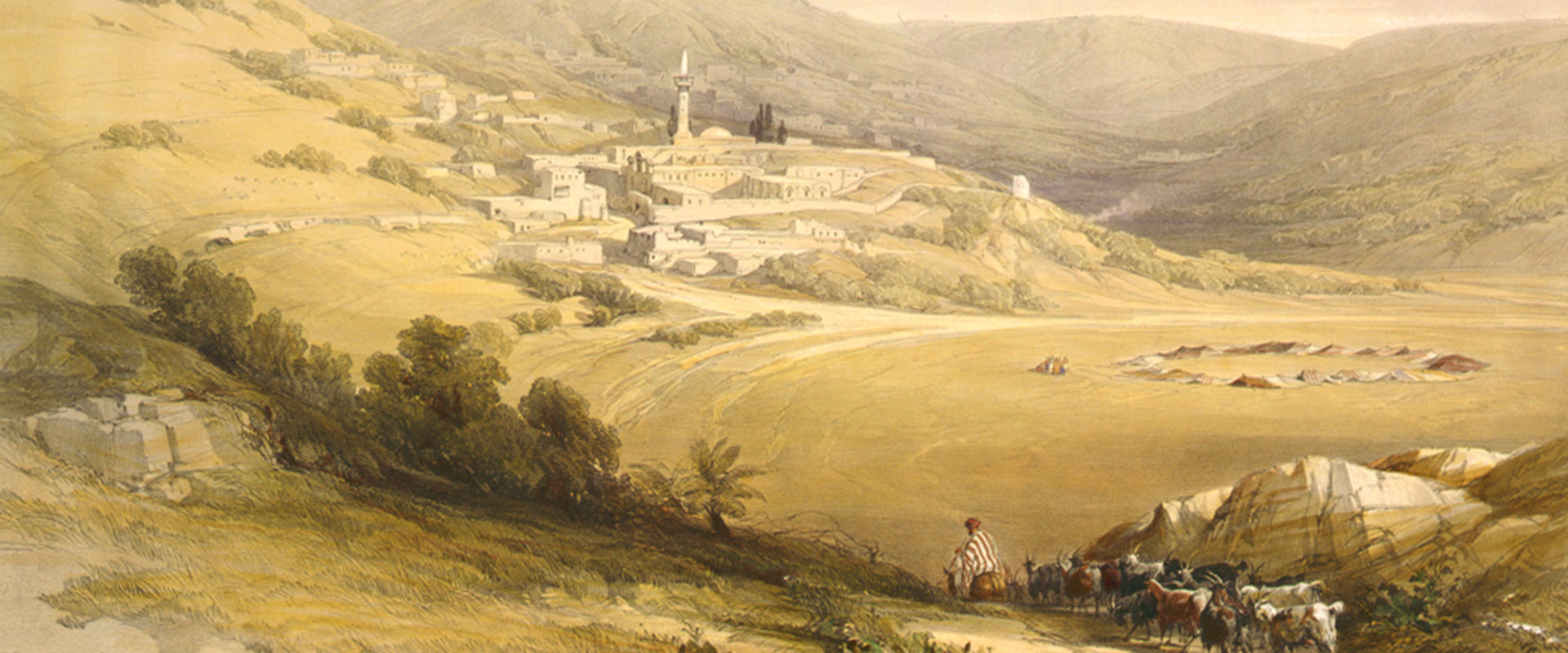On our journey we will be revealing to you a little about the third most holy city for Christians in the Holy Land, located in the Lower Galilee.
Nazareth is undoubtedly a rose in the village flower garden in this biblical region.
In the New Testament, the expression "Jesus of Nazareth" or "Jesus the Nazarene" appears seventeen times while the Greek has the form "Jesus of Nazareth."
Then a shoot will spring from the stem of Jesse, and a branch from his roots will bear fruit.
Isaiah 11:1

Nazareth is visited every year by millions of people all over the world and also by many Israeli Jews, because the city is known for its cultural variety and its cuisine, in addition, it offers more interested in tourism, all sorts of options, good hotels with good prices, Arabic food restaurants of good quality, wineries, bars, market, centuries-old churches, Turkish baths and even the Nazareth village, an attempt to play would be like Nazareth 2000 years ago, in the days of Jesus .
In 2014 the city's population was about 75,000 people, of whom 70% were Muslim and 30% Christian, the nearby town, Nazareth Illit is fully Jewish, with a population of 40,000 inhabitants, together they form the largest city of Galilee. Nazareth is also considered the Arab capital of Israel, for both Christians and Muslims are of Arab

Etymology
One school says that "Nazareth" is derived from one of the Hebrew words for 'branch', ie ne · TSER, נֵ֫צֶר, [7] in reference to the messianic prophetic words in the book of Isaiah 11: 1:
There shall come forth a shoot from the stump of Jesse, and from his roots a Branch shall grow..
Another view suggests that this place name may be an example of a tribal name used by resettling groups on his return from exile. Alternatively, the name may derive from the verb in · tsar, נָצַר, "hold, hold, hold," and is understood both in the sense of "watchtower" or "guard place," which means that the city at the beginning It was on or near the hill ridge, or, in the passive sense as "preserved and protected" in reference to its isolated location. Negative references to Nazareth in the Gospel of John suggest that the ancient Jews did not associate the city prophecy. Another theory holds that the Greek form Nazara, used in Matthew and Luke, may derive from an earlier form in Aramaic name, or another Semitic language. If there was a Tsade (צ) in the original semitic fashion, as in later forms the Hebrew, which normally would have been transcribed in Greek with a sigma rather than a zeta. This would lead some scholars to question whether "Nazareth" and its cognates in the New Testament, in fact, refer to the settlement known traditionally as Nazareth in Lower Galilee. Language such discrepancies can be explained, however, by a "peculiarity of Aramaic dialect which was used in Israel, wherein the health (s) between two consonants tend to be partially assimilated, taking a sound zayin (Z).


